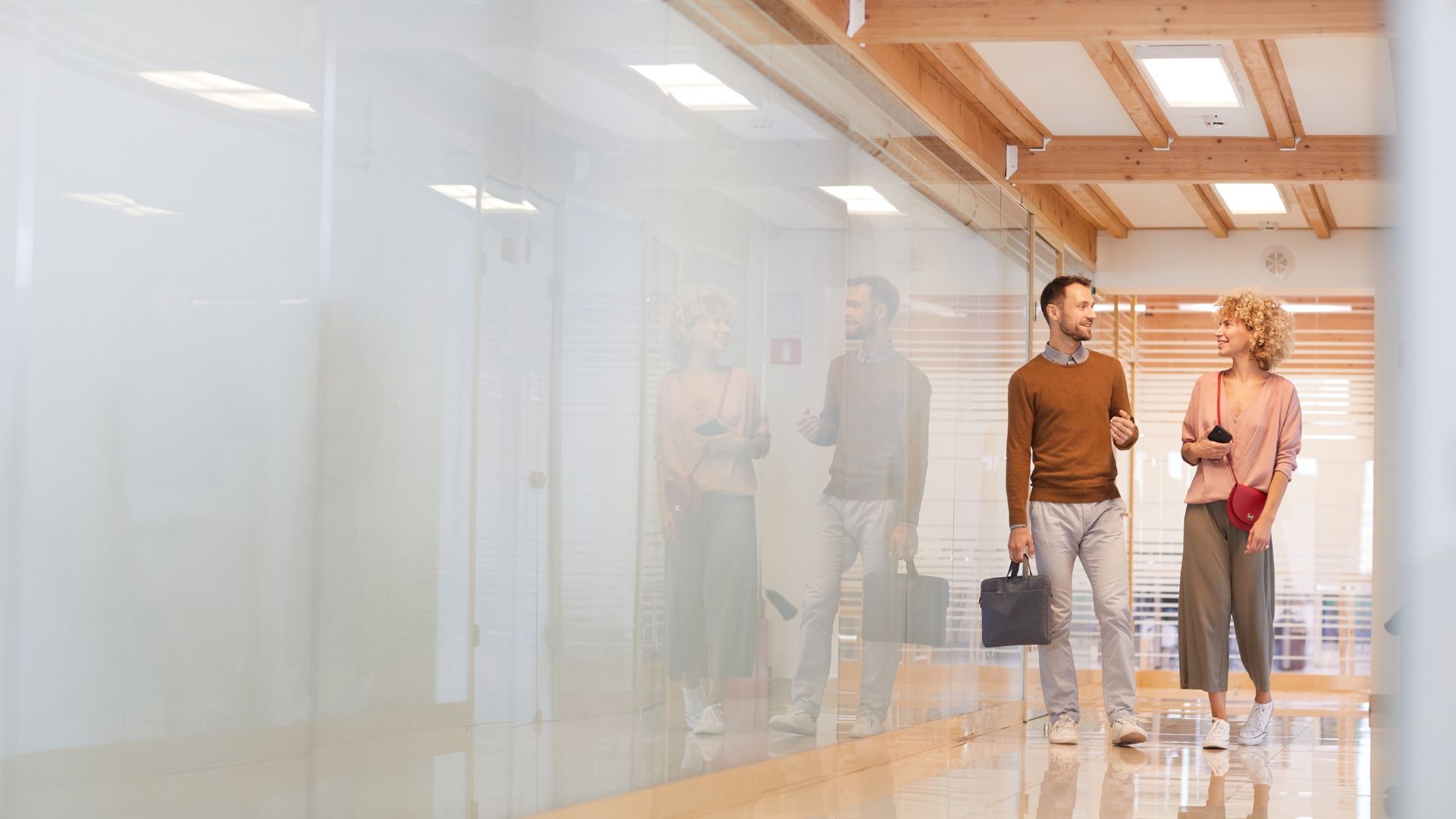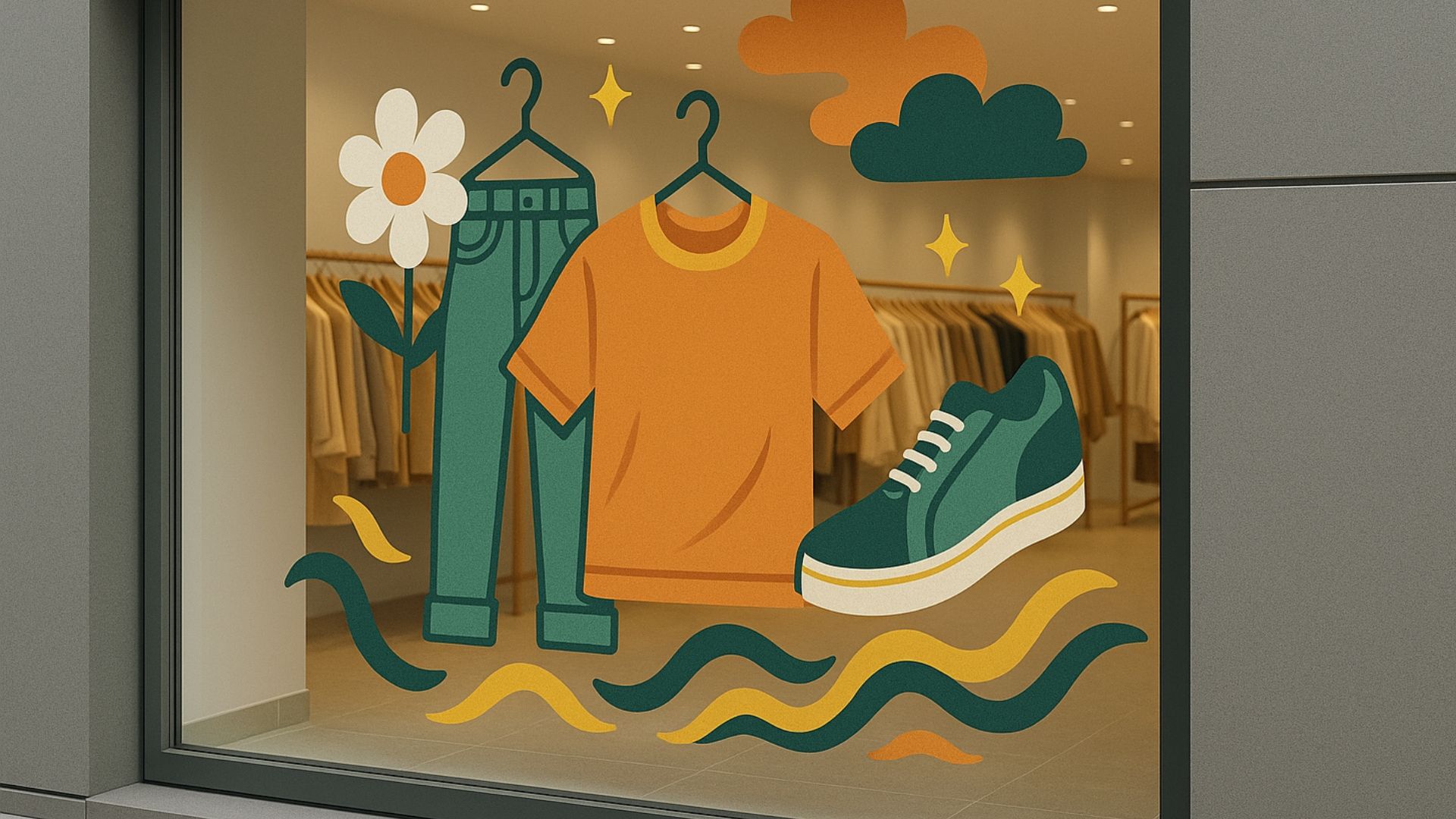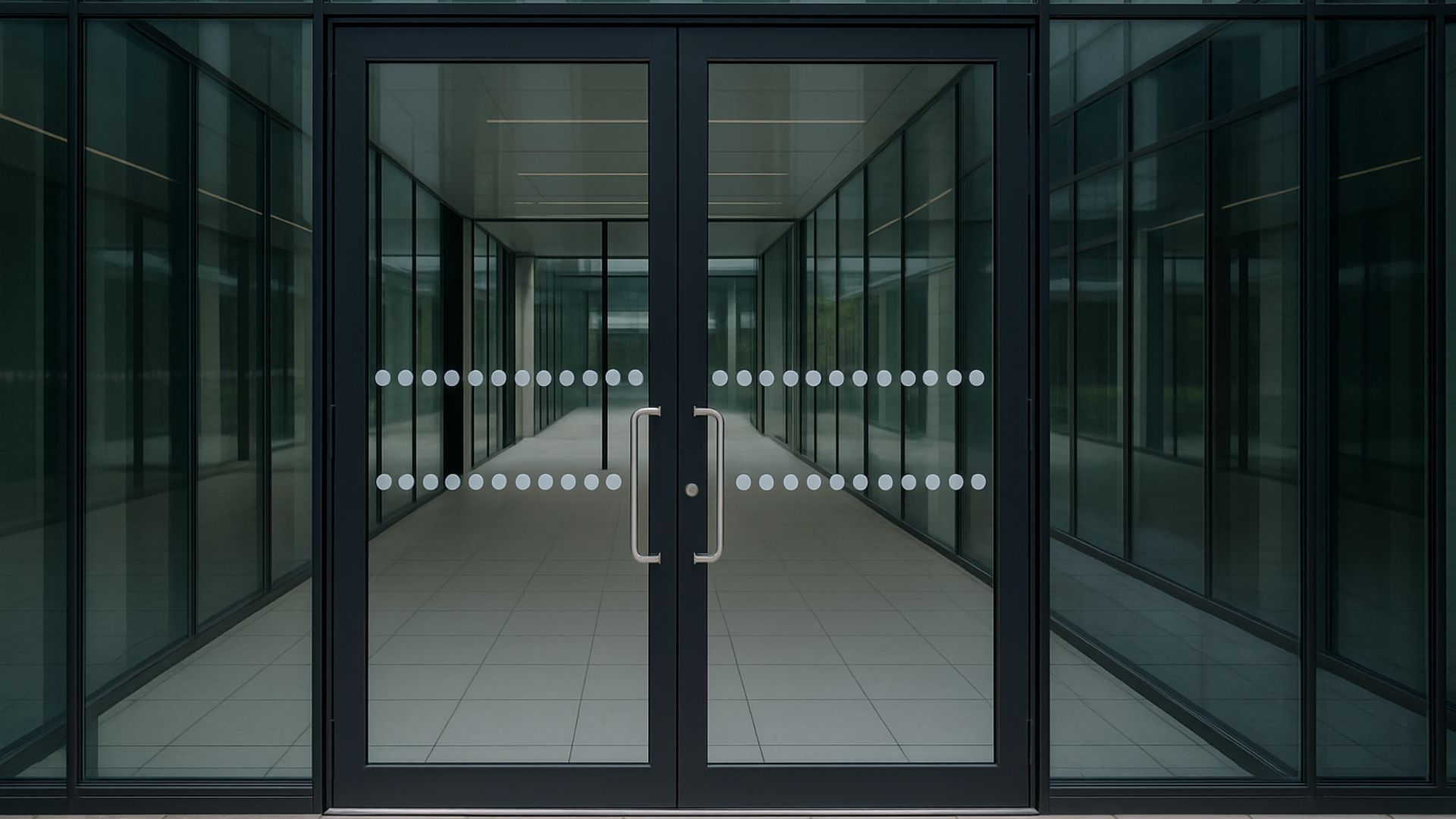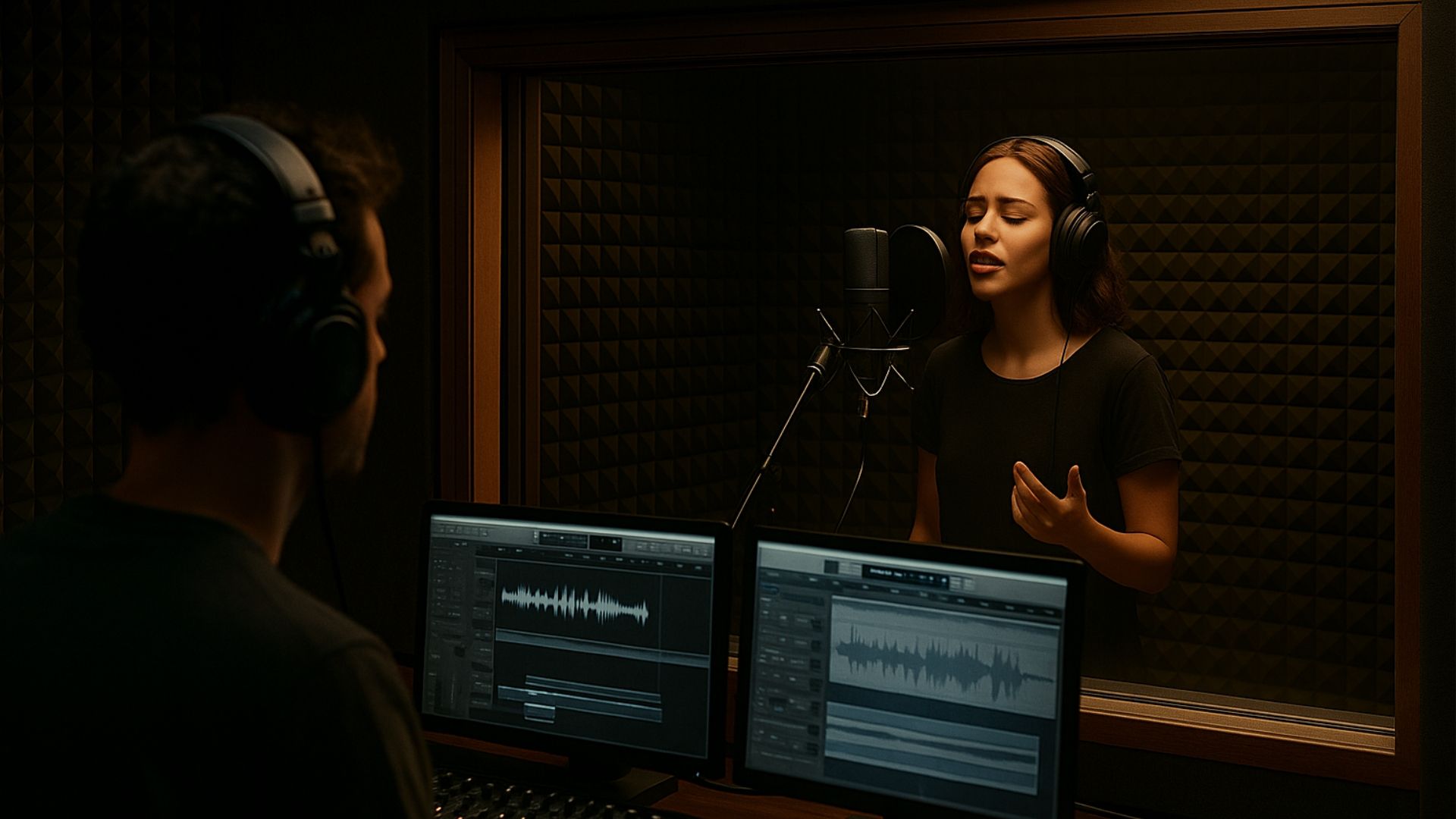Why choose glass for kitchen splashbacks?
Share this blog:
Getting a kitchen splashback installed or replaced? Learn 3 reasons why glass is a great material for the job.
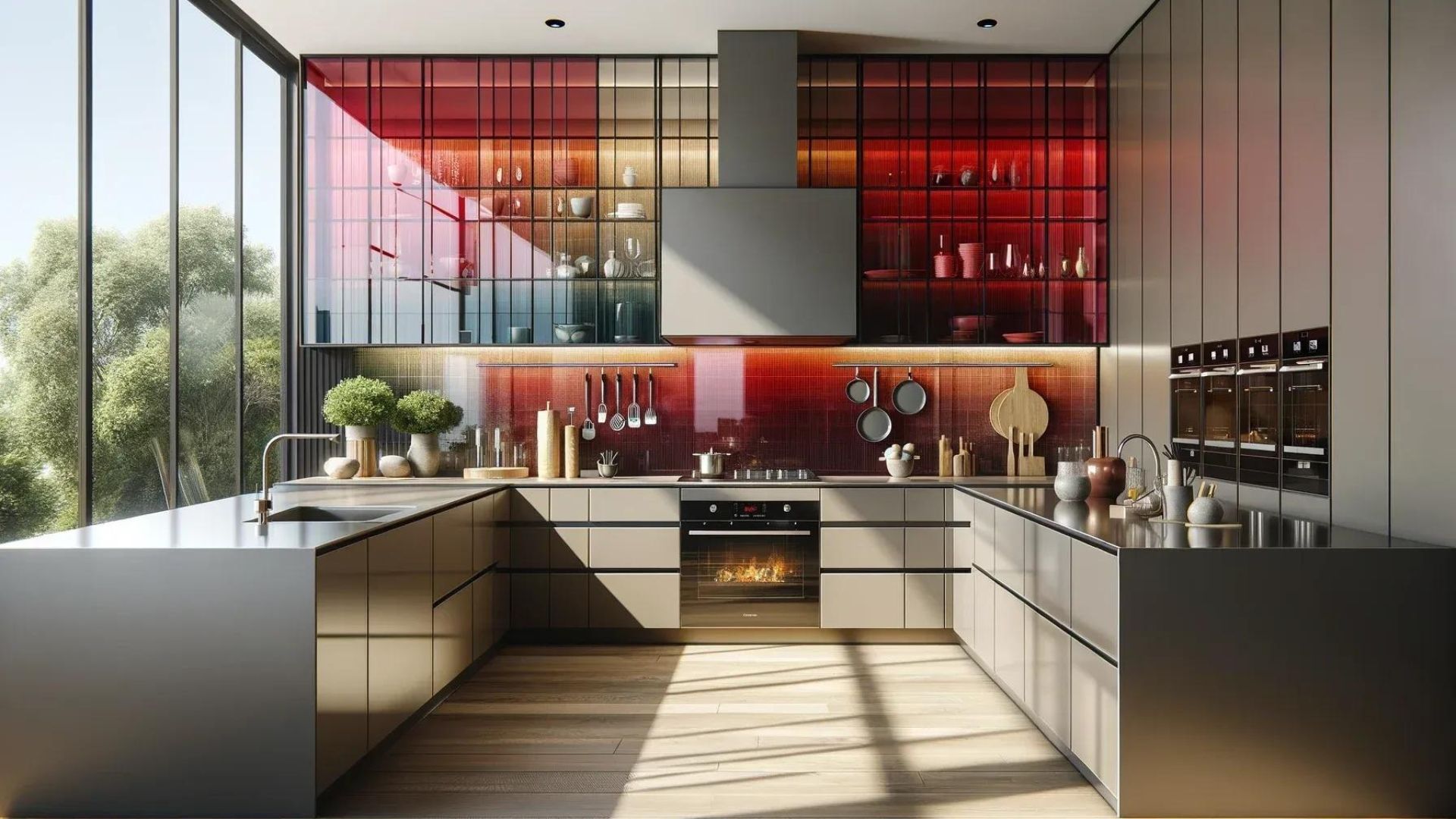
Splashbacks are often one of the last things to be installed in your kitchen. But just as the right accessory can turn a dull outfit into an attention-grabber, so your splashback can add colour, texture and personality to a space that you're going to use pretty much every day.
If you're in the market for a splashback, you'll be confronted with a range of options. You could go for tiles or stainless steel. You could match the material of your countertop and your splashback. You could go for a painted surface.
But for our money, glass is best.
In this article, we look at some common problems that people have with their kitchen splashbacks – and how glass can make them go away.
Problem one: your splashback looks dull
Does your kitchen splashback look dull as washing up water? Glass could be the answer.
Of course, any material can look good when used right. Saying that glass is the only answer is like saying that all trousers should be made from cotton. Nevertheless, glass is aesthetically versatile in a way that other materials just aren't.
First up, you can choose from a palette of hundreds of colours and mix them to your liking. Getting the right shade to match the rest of the room is in your hands.
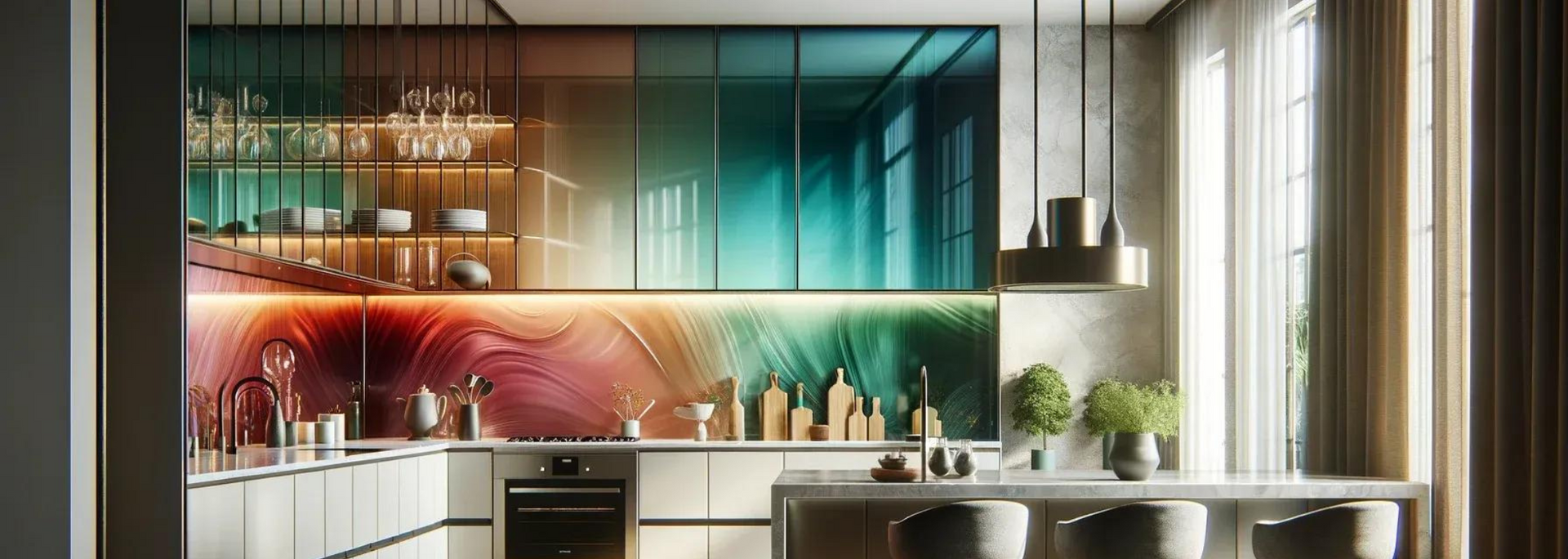
Next, you can go for textural finishes that flash, glitter, shine and shimmer.
And finally, you can get designs or even photos digitally printed onto your splashback for a real touch of personality.
So if it's style you're after, go with glass. The only limit is your imagination.
Problem two: your splashback is high-maintenance
If you've got a tiled splashback, the word "grouting" is likely to send a shiver down your spine. Without regular scrubbing, mould and mildew develop, the colour starts to fade and your grout lines need attention. It's a lot of elbow grease just to keep it looking presentable.
Stainless steel splashbacks are slightly less labour-intensive – but they still need regular cleaning. The alternative is to have a splashback that looks like the contents of a dishwasher after dinner.
Glass, by contrast, is delightfully low-maintenance. Just spray, wipe and get on with your day.
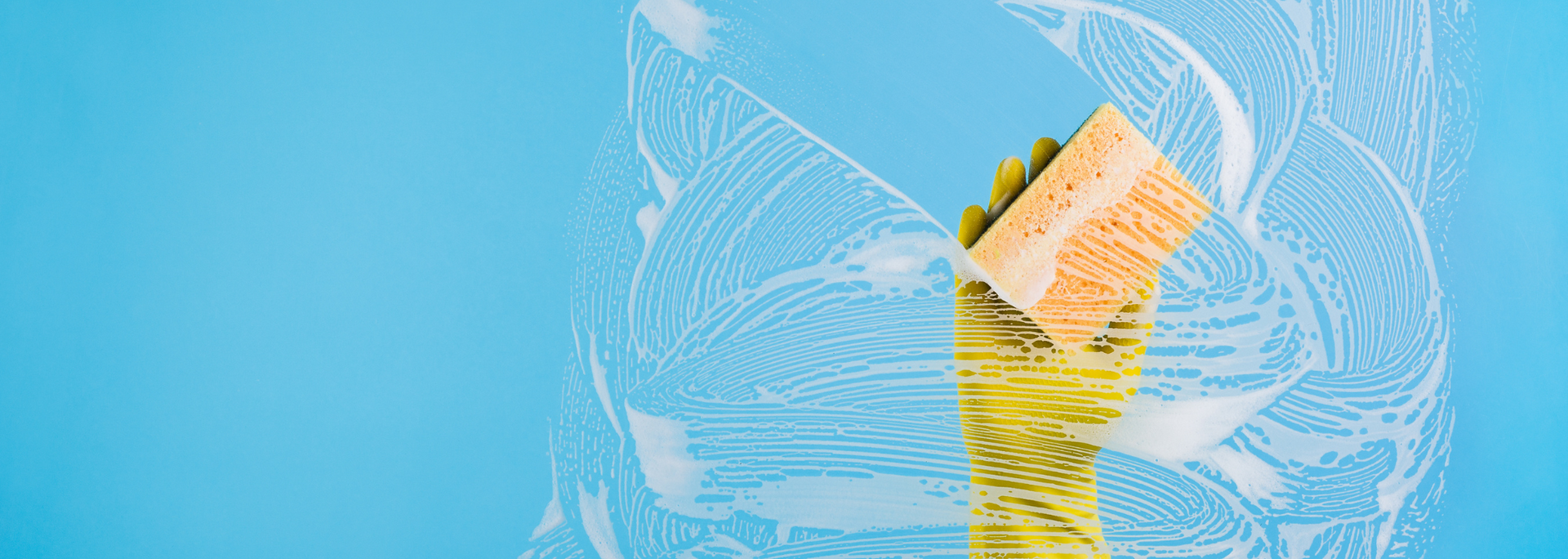
A splashback is the material that covers the wall between your countertop and the underside of your cupboards. Its main function is to catch water, food, grease and other kitchen mess. But it can also add style and personality to your kitchen.
Should a kitchen backsplash be installed before the countertop?
No. The countertop should always be installed first. Any measurements for the splashback can then be taken from the countertop to the underside of the cupboards. The splashback sits on top of the countertop, creating a seal between the countertop and the wall.
Why do glass splashbacks need to be made from toughened glass?
Toughened glass can withstand the heat from your hob. If you get a glass splashback that's not made from toughened panels, it could crack or shatter, meaning shards in your bolognese and a whole lot of wasted time.
What is a mirrored glass splashback?
As the term suggests, a mirrored glass splashback is reflective. It typically has a distressed or antique look, giving an industrial vibe to cooking areas.
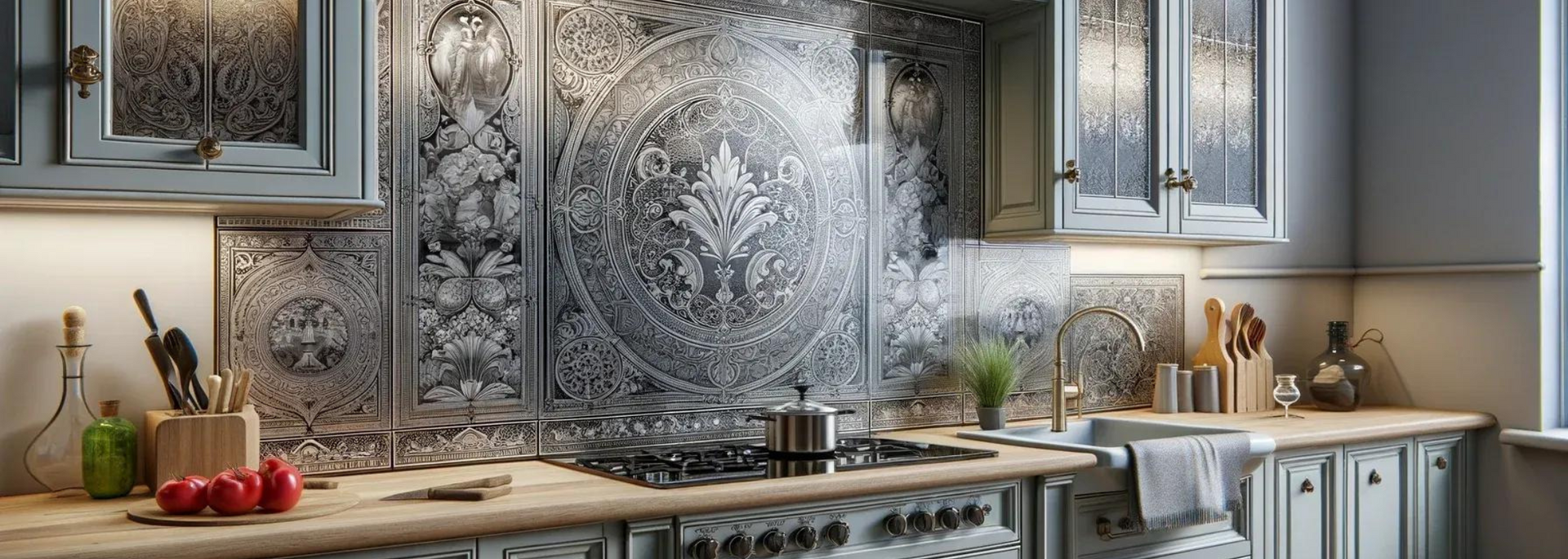
Mirrored glass splashbacks can be designed, customised and installed in the same way as standard glass splashbacks. They also have the advantage of creating more of a sense of space in your kitchen.
Can a glass splashback be cut?
Glass splashbacks are made from toughened glass. Once fired, toughened glass can't be cut – so you need to get it cut to size before it's processed.
Is a glass splashback heat-resistant?
Yes. Toughened glass is heat-resistant, meaning it won't crack or shatter because of the heat from your hobs.
What do you clean glass splashbacks with?
In terms of cleaning products, you need something non-abrasive. This could be a dedicated glass cleaner (available in any corner shop or supermarket), methylated spirits, hot soapy water or even white wine vinegar.
Cloth-wise, you need a gentle, lint-free cloth that won't scratch the surface. Microfibre cloths are ideal for this purpose.
Perhaps most importantly of all, you need to wipe off stains as they occur and give your splashback a quick wipe-down on the regular. If you don't, the dirt will build up and you'll end up either spending an afternoon getting all the crud off or having to pay for a cleaner to do the job.
Final thoughts
When you're designing your kitchen or thinking about how you want it to look, it can be easy to overlook the humble kitchen splashback. But as well as being a practical addition to your countertop, it's also a great way of adding style and personality to the space.
Glass is a great material to work with. It's cost-effective, easy-clean, versatile and long-lasting. So if you're on the lookout for a kitchen splashback, make sure you keep it in mind.
Looking for toughened
glass for a kitchen splashback? We can provide high-quality materials and a quick, competitive quote.
Get in touch today to get started.


